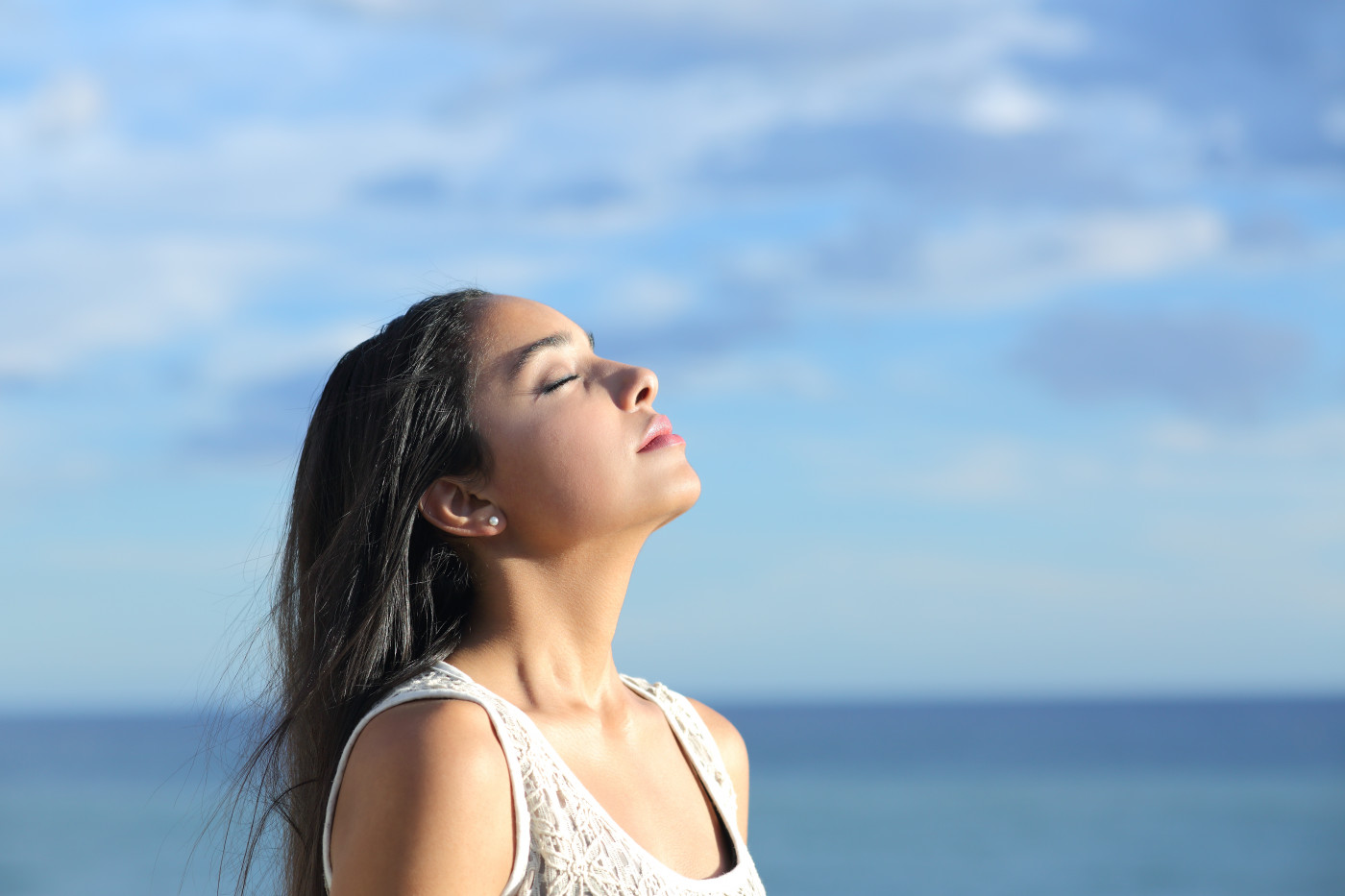High Sun Exposure During Childhood May Lower Risk of MS, Study Finds
Written by |

People who live in areas with medium to high levels of ultraviolet-B (UV-B) radiation from sunlight during their childhood and early adolescence, or in the years preceding the age of onset of multiple sclerosis (MS), have a lower risk of developing the disease, according to researchers.
The study’s findings were reported in an article titled “Sun exposure over the life course and associations with multiple sclerosis,” published in the journal Neurology.
Researchers examined data from the Nurses’ Health Study, an international study with thousands of participating nurses intended to provide insights into women’s health. There were 151 women with MS included in the study, and 235 healthy women were selected as age-matched controls.
All participants completed questionnaires about their summer, winter, and lifetime sun exposure history.
Participants were divided into three groups according to their level of exposure to ambient UV-B from sunlight before the age of MS onset — low, medium, and high levels of exposure. The level of UV-B exposure was associated with the place where participants lived during different periods of their lives because latitude, altitude, and cloud cover can affect the amount of UV radiation people are exposed to in a given region.
Seasonal sun exposure was defined as low, with nine hours per week or less in summer, and three hours a week or less in winter; or high, with more than 10 hours per week in summer, and more than four hours a week in winter.
The vast majority of participants were Caucasian, at 98 percent, with a mean age of 39.5 years at MS onset.
Living in medium or high UV-B areas in the years before MS onset was generally associated with a 45 percent lower risk of developing the disease.
The risk was also lower, by 51-52 percent, for people living in regions of medium or high exposure from ages 5 to 15 and at five to 15 years before MS onset.
Living in a high UV-B area and also having high sun exposure in the summer was associated with a lower MS risk.
The team pointed out that once people develop MS, they tend to spend less time outdoors, which may have an impact on their health.
“Reduced sun exposure was evident in later life for patients with MS, which may have health consequences,” the researchers wrote.
“Living in high ambient UV-B areas during childhood and the years leading up to MS onset was associated with a lower MS risk. High summer sun exposure in high ambient UV-B areas was also associated with a reduced risk,” the team concluded.





